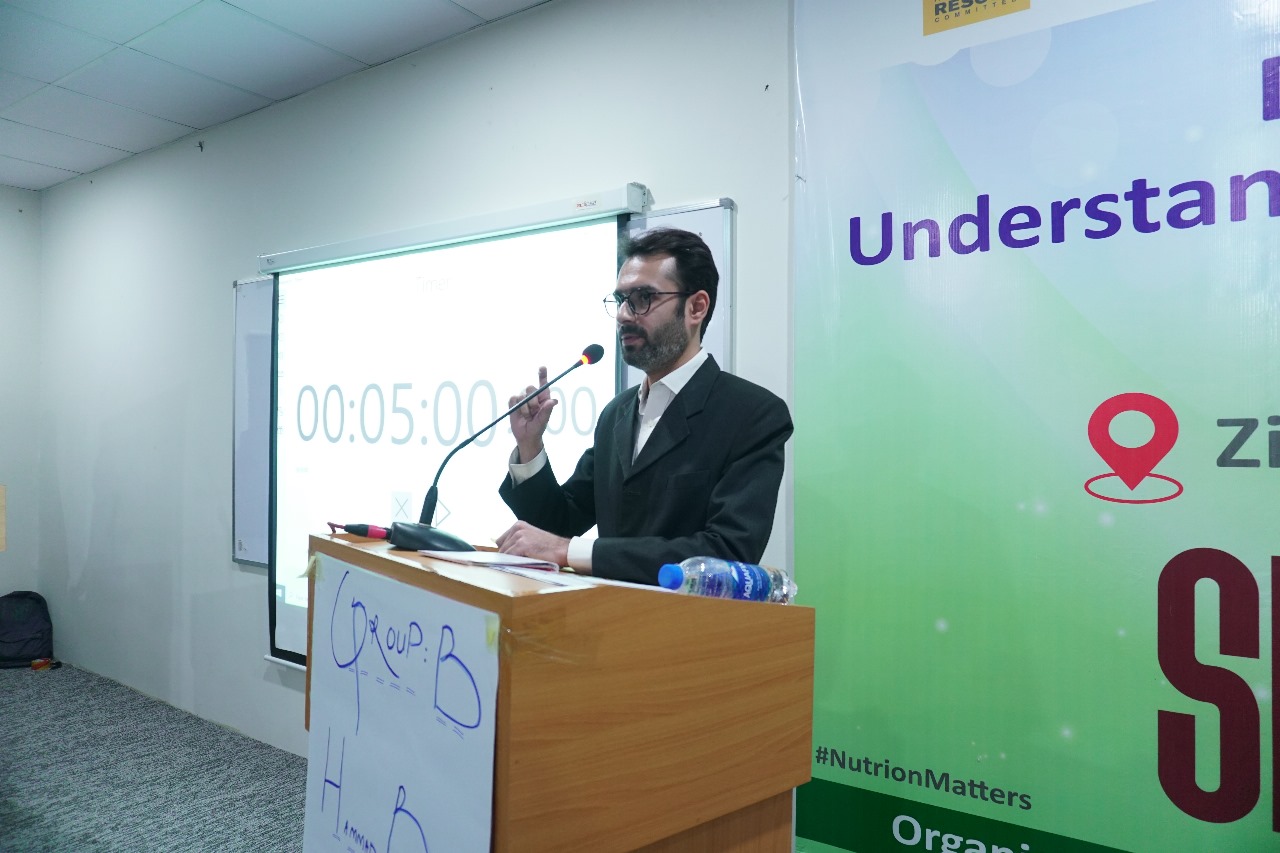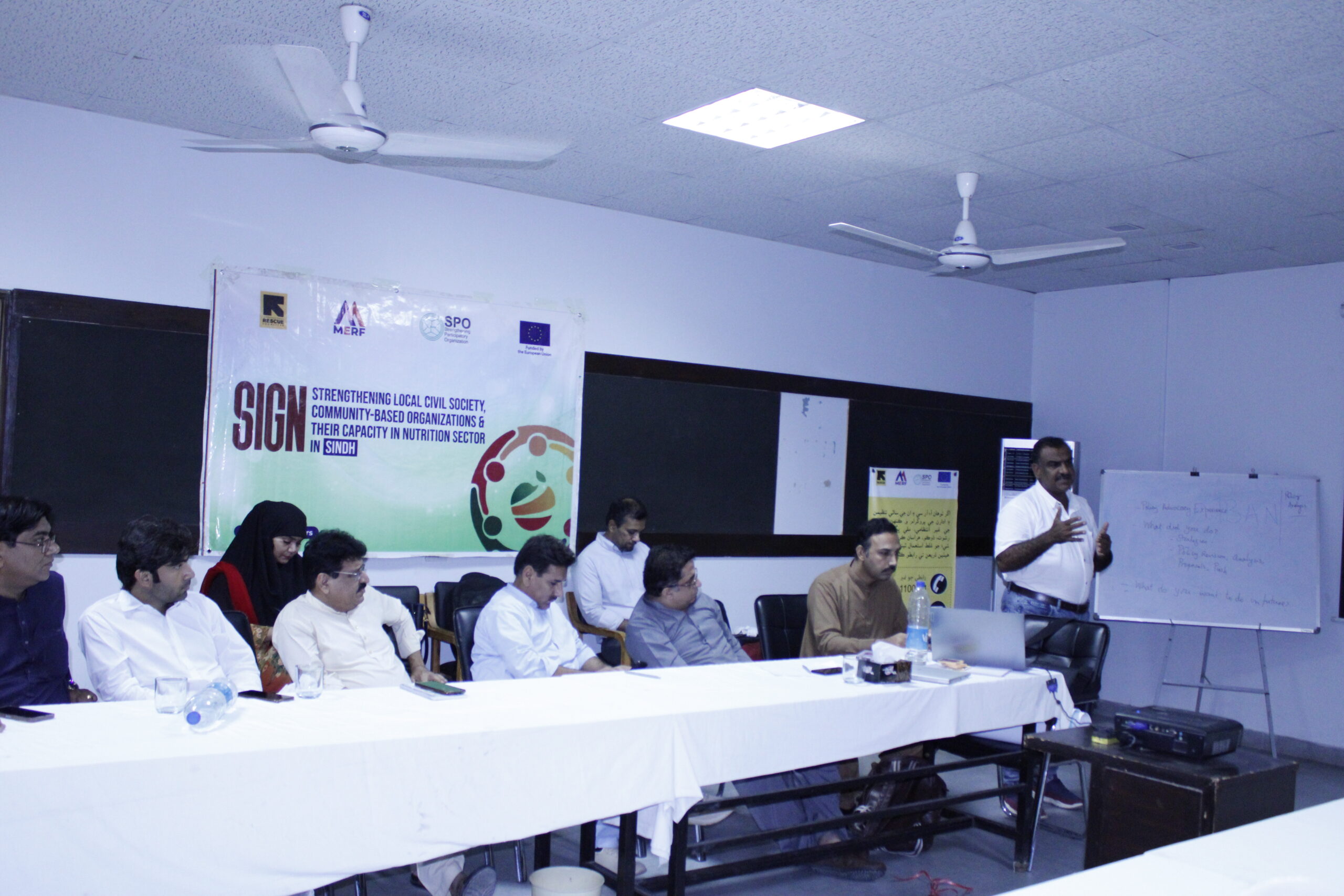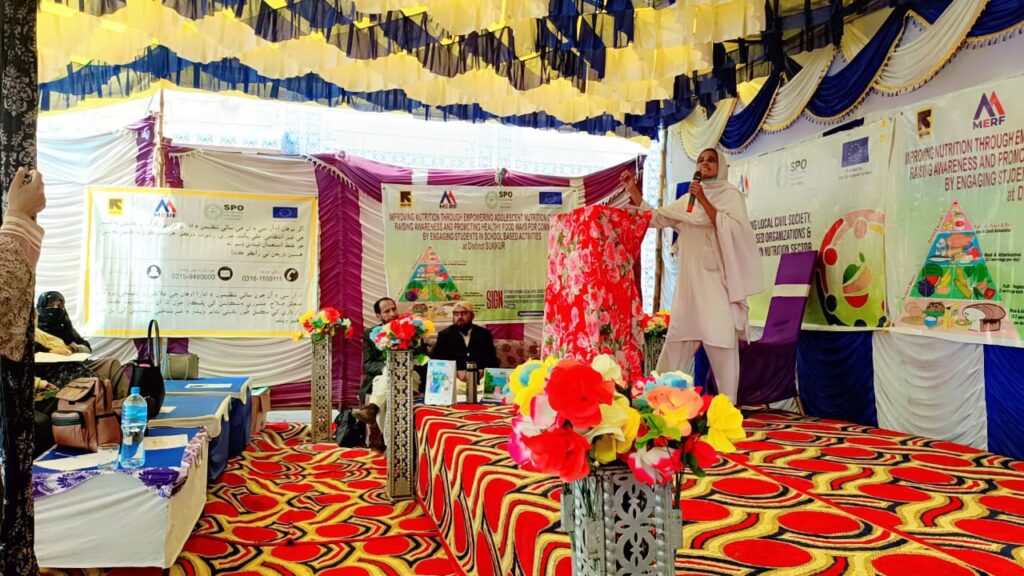
Concept Note: Activity 2.2.4 - Adolescent Nutrition Champions in Schools
Background:
Adolescence is a critical period for physical and cognitive development, making it an essential time to address nutritional needs. Poor nutrition during this stage can lead to long-term health issues, including stunted growth, weakened immunity, and increased susceptibility to diseases. To bridge the gaps in addressing adolescent nutrition, the Adolescent Nutrition Champions (ANC) initiative aims to engage adolescents (both boys and girls) in promoting nutrition education in schools and communities. By empowering adolescents with knowledge and tools, this initiative seeks to create a ripple effect, fostering a culture of malnutrition prevention in adolescents and overall wellness.
The project will be implemented in 30 schools (6 schools per district) across 5 districts, targeting adolescents aged 10-19 years. A total of 360 Adolescent Nutrition Champions will be identified and trained to lead peer-to-peer nutrition advocacy, conduct MUAC screening for malnutrition, and refer malnourished children to appropriate health facilities. The initiative will also involve the distribution of MUAC tapes and IEC materials to support their efforts.
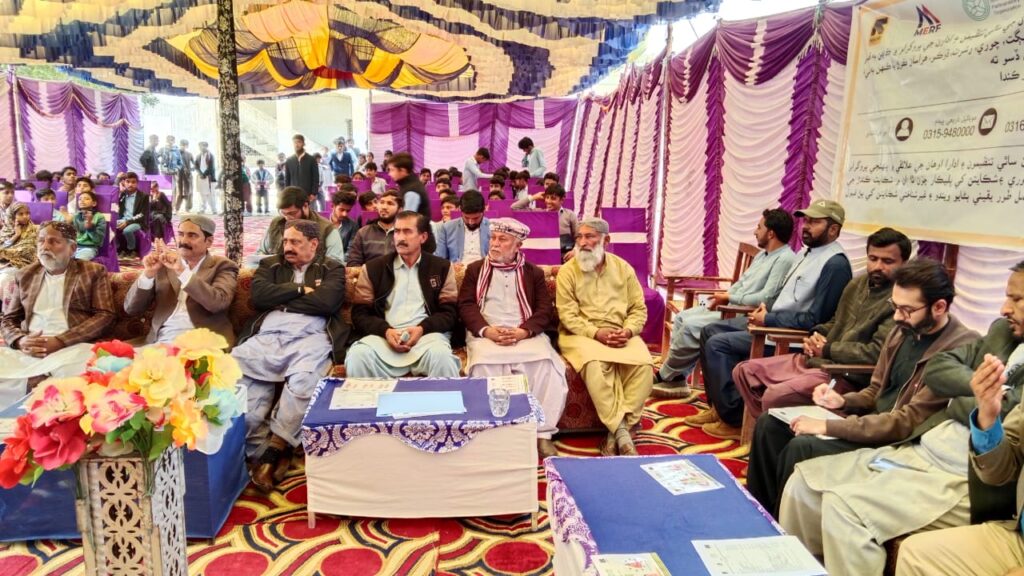
Objectives:
Enhance Knowledge: To improve awareness and understanding of diet diversity, nutrition, and healthcare practices among adolescents, with a particular focus on adolescent girls.
Capacity Building: To identify and train 10 adolescents from each selected school as Adolescent Nutrition Champions, equipping them with the necessary skills and knowledge to promote healthy nutrition practices.
Community Engagement: To empower the Adolescent Nutrition Champions to advocate for malnutrition prevention in adolescents within their schools and communities.
Referral System: To establish a community-based nutrition referral system for malnourished children, linking them to the nearest Outpatient Therapeutic Program (OTP) sites for further care.
Key Activities:
School Selection and Champion Identification:
30 schools (6 per district) will be selected in consultation with the District Education Department.
12 adolescents (both boys and girls) will be identified from each school, totaling 360 Adolescent Nutrition Champions across the 5 districts.
The selection process will involve mutual agreement between the school management, MERF team, and the willingness of the students.
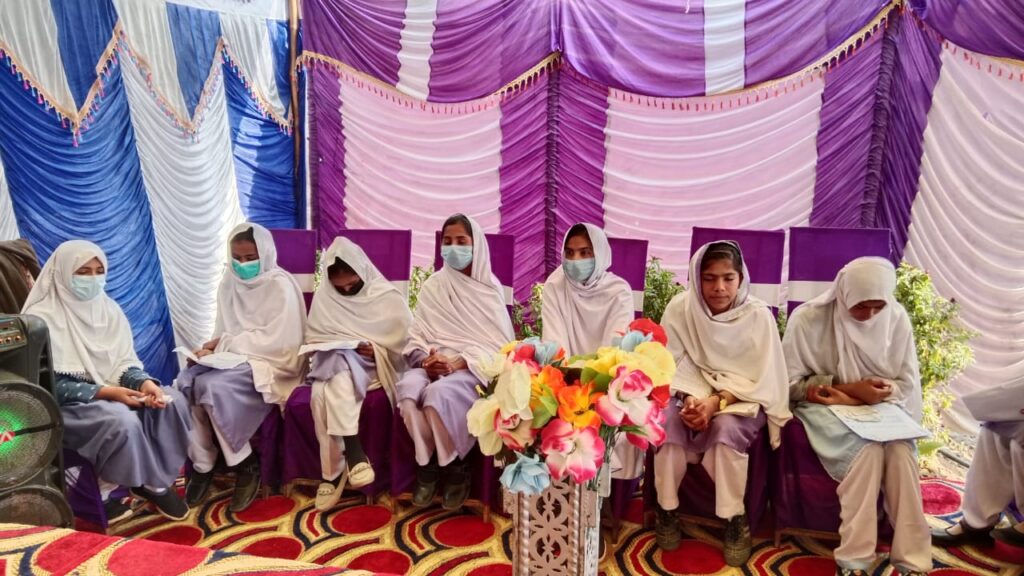
Training and Capacity Building:
A one-day comprehensive training workshop will be conducted for all 360 Adolescent Nutrition Champions.
The training will cover topics such as nutrition education in schools, malnutrition prevention in adolescents, the use of MUAC screening for malnutrition, and referral mechanisms.
IEC materials and MUAC tapes will be distributed to the champions to support their activities.
Nutrition Education and Advocacy:
Nutrition Education Workshops: Champions will conduct workshops within their schools to raise awareness about healthy eating habits and malnutrition prevention in adolescents.
Healthy Food Challenges: Competitions such as creative arts projects, poster contests, and healthy food challenges will be organized to engage students and promote nutrition awareness campaigns.
School Nutrition Corners: Champions will establish and lead School Nutrition Corners to sustain ongoing nutrition education in schools and advocacy efforts.
Peer-to-Peer Nutrition Advocacy: Champions will conduct advocacy campaigns during school assemblies to encourage their peers to adopt healthier nutrition practices.
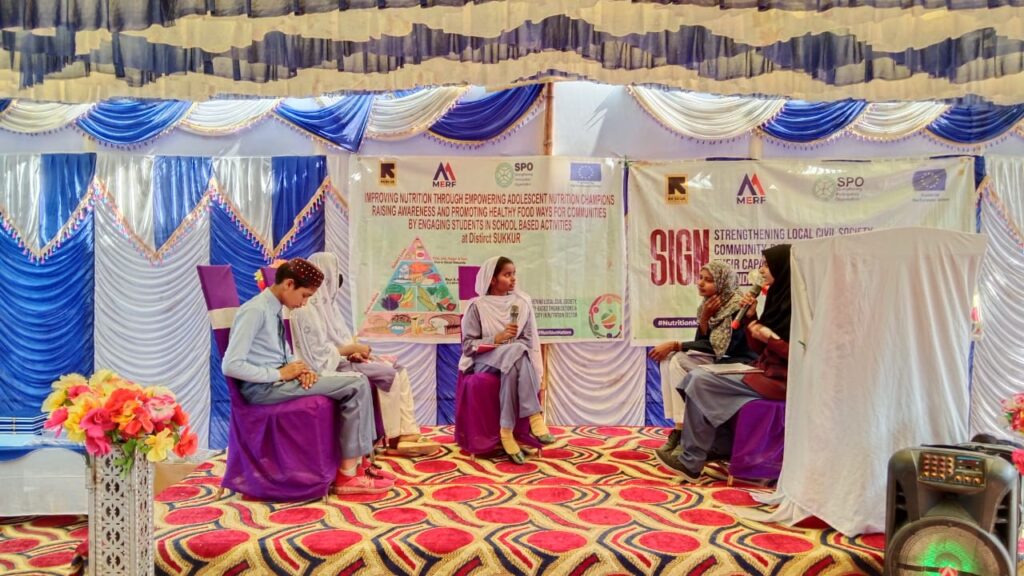
Community-Based Screening and Referral:
Adolescent Nutrition Champions will conduct MUAC screening for malnutrition to identify at-risk children in their communities.
Identified cases will be referred to the nearest OTP sites for further care through the community-based nutrition referral system.
Champions will collaborate with other community-based structures to strengthen the referral system and ensure continuity of care.
Parent and Community Engagement:
Adolescent Nutrition Champions will engage with parents and community members to raise awareness about adolescent health and wellness and healthy eating habits.
Community meetings and workshops will be organized to foster a supportive environment for nutrition awareness campaigns.
Monitoring and Evaluation:
Bi-annual or annual workshops will be conducted to review the progress of the initiative, address challenges, and acknowledge the contributions of the Adolescent Nutrition Champions.
Regular monitoring will be carried out to assess the impact of the program and ensure the continuity of support.
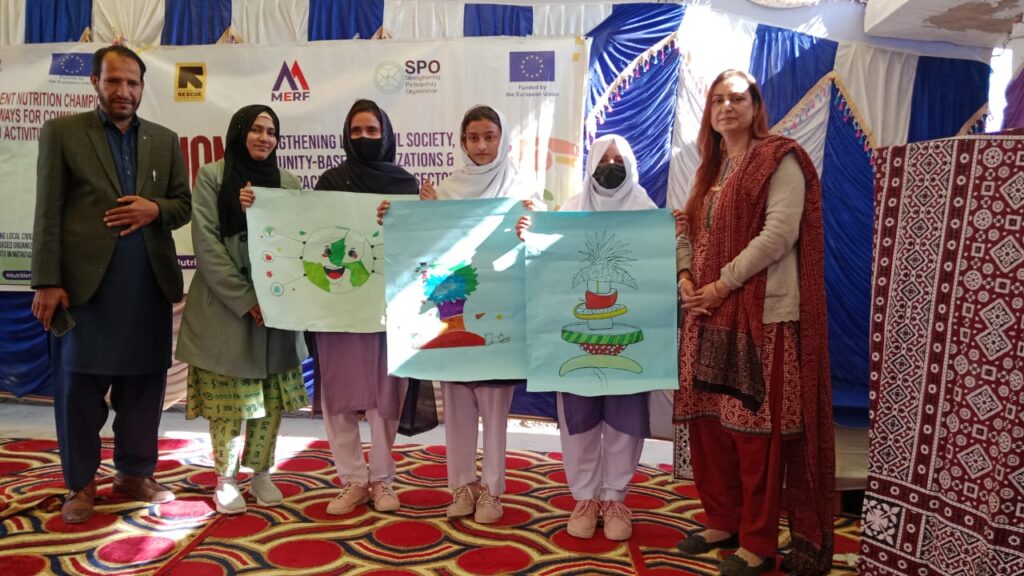
Expected Outcomes:
Increased awareness and knowledge of adolescent health and wellness and nutrition education in schools.
Enhanced capacity of Adolescent Nutrition Champions to advocate for malnutrition prevention in adolescents.
Improved referral mechanisms for malnourished children through a community-based nutrition referral system, leading to better health outcomes.
Strengthened community engagement and support for nutrition awareness campaigns.
Sustainable nutrition advocacy efforts through School Nutrition Corners and peer-to-peer nutrition advocacy.
Conclusion: The Adolescent Nutrition Champions in Schools initiative is a proactive approach to addressing adolescent malnutrition by empowering young individuals to become agents of change within their schools and communities. By fostering a culture of wellness and nutrition awareness campaigns, this initiative aims to create a lasting impact on the health and well-being of adolescents in the target districts. Through collaborative efforts with schools, communities, and health facilities, the project will contribute to the broader goal of sustainable health outcomes and reducing malnutrition.


